How ‘whale’ fossils found in the middle of deserts got there
- February 25, 2023
- 0
In the sandy deserts we all know as arid 36 million year old whale fossils were unearthed. This groundbreaking situation may seem impossible to all of us, but
In the sandy deserts we all know as arid 36 million year old whale fossils were unearthed. This groundbreaking situation may seem impossible to all of us, but
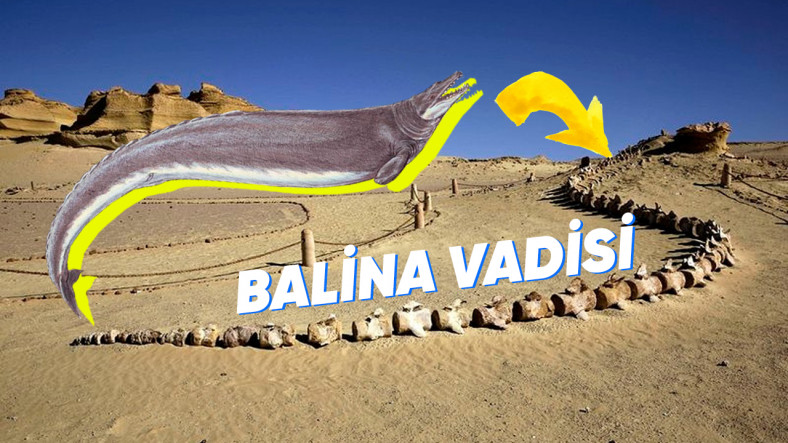
In the sandy deserts we all know as arid 36 million year old whale fossils were unearthed. This groundbreaking situation may seem impossible to all of us, but it is not! This incident not only puzzled us, but also stunned the scientific world. Could these fossils be the ancestors of today’s whales before they evolved?
Mario Urbina, a paleontologist at the National University of San Marcos, estimates that these giant monsters, the last example of which was found in Peru, are 36 million years old. In 2021, a whale fossil was found in the Ocucaje desert in the Ica region, which emerged from dry rocks. “Ocucaje Fighter” This fossil, after which it is named, was a four-legged whale species from 43 million years ago. The words “four-legged” and “whale” may seem light-years apart, but as a result of these studies, it was concluded that whales evolved from ungulates.

In the deserts around the Egyptian city of Fayum, The oldest known whale fossils have been found. Researchers estimate that these fossils are at least 40 million years old. But where do these fossils come from?
People who have been researching the region for a long time, North Africa millions of years ago. ocean waters They proved that it is covered with scientific data. It sounds strange that arid areas that have been deserts for thousands of years were once a wetland, right?
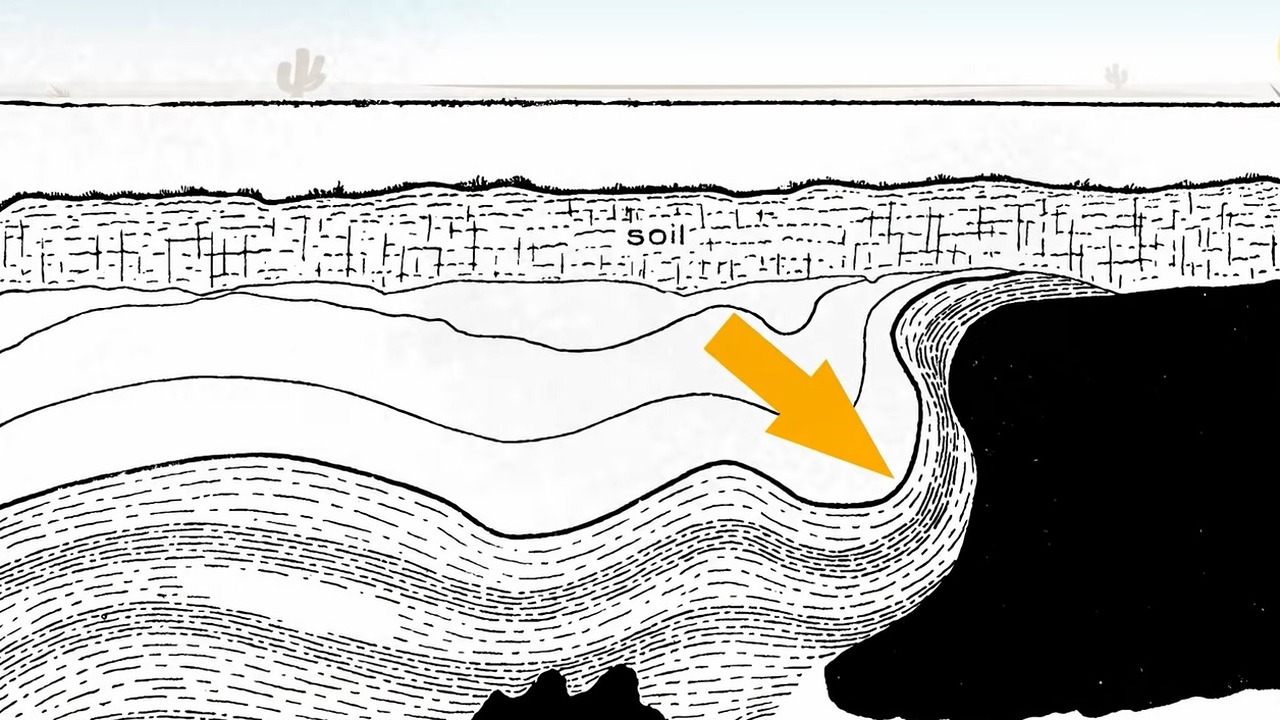
The survey took several months with the equipment on land. The image in the region, which was later observed from the satellite, was quite surprising. Beneath the desert was a vast basin, Another basin was discovered nearby. Ancient human settlements have also been found along the banks of these basins. After these developments it became clear why people chose this region to live.
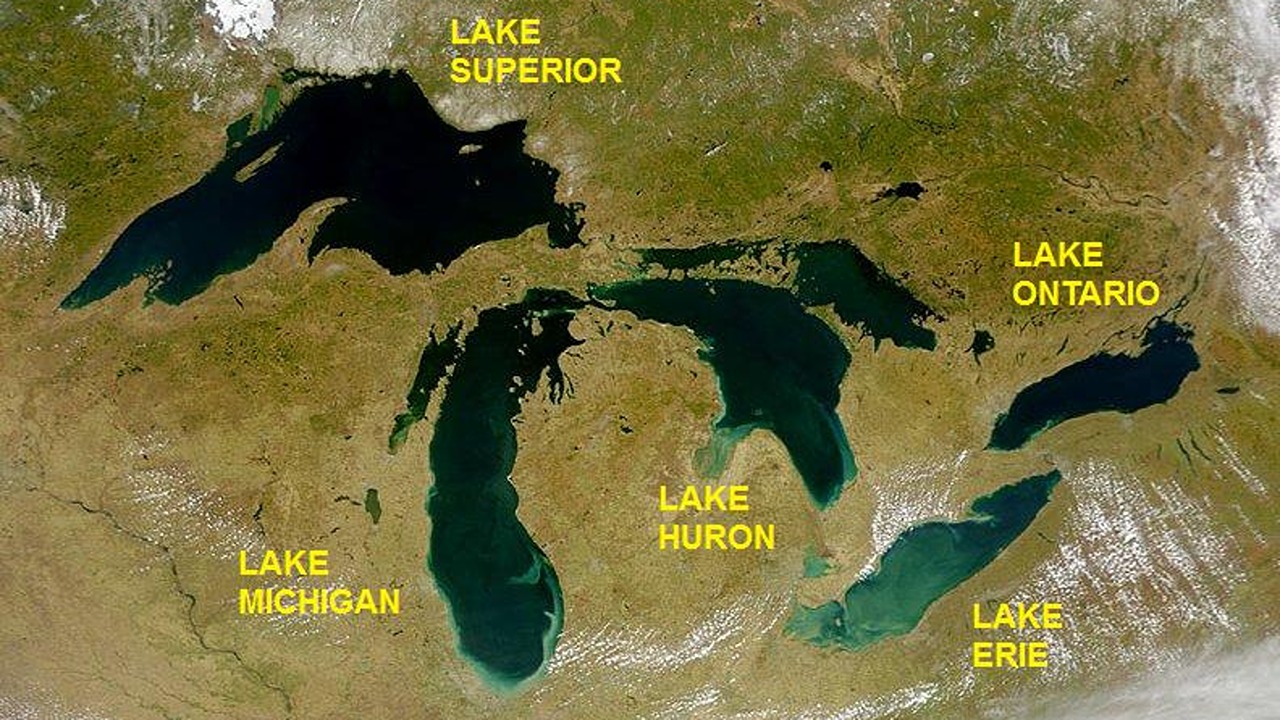
Research done, shows that the lake was one formed 250,000 years ago by the Nile raid. It seems that the water did not stop until it filled and filled the cavity it found in the ground; The reason for such an event may be rain. Because the climate of Africa at that time was tropical and it was a region of heavy rainfall.
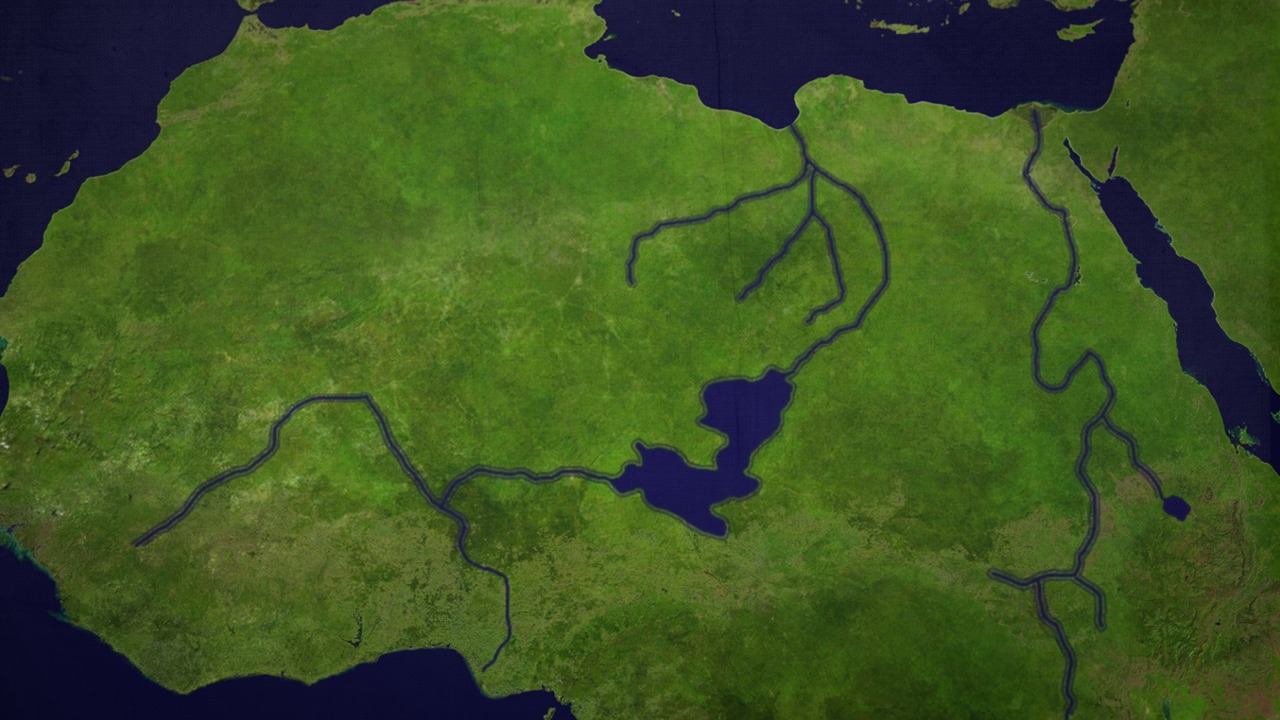
Although animals and humans created a habitat around this lake, the lake gradually dried up over time due to climate change. Of course, the area didn’t suddenly turn into a desert as soon as the water receded. It was a slow event. Meanwhile, most of the research on this subject, It proved that the Sahara Desert was a lush region 6,000 years ago.

The answer to this question: River system. We all only think of one river, right? But this river was not the Nile, although it did play a role in the formation of the region!
The researchers found that in the western part of the desert, the widest boundaries are 2.5 km, starting on land and extending into the depths of the ocean. in a wide canyon she met. As time progressed on the same continent, deeper parts of the canyon were reached. All this informed that there was at least one river that fed the Sahara region. It was later confirmed that this was actually a “system of rivers” over 500 km long.
The source of these rivers was independent of each other. Someone It flowed from the Atlas Mountains in western Sahara, and another from Mount Hoggar in the center. As the rivers flowed and accelerated, they combined to form the 12th longest river system in the world, called the Tamanrasett. The journey of the rivers ended in Mauritania. However, the researchers think the river system is not permanent. This system has disappeared from time to time over the past 245,000 years.
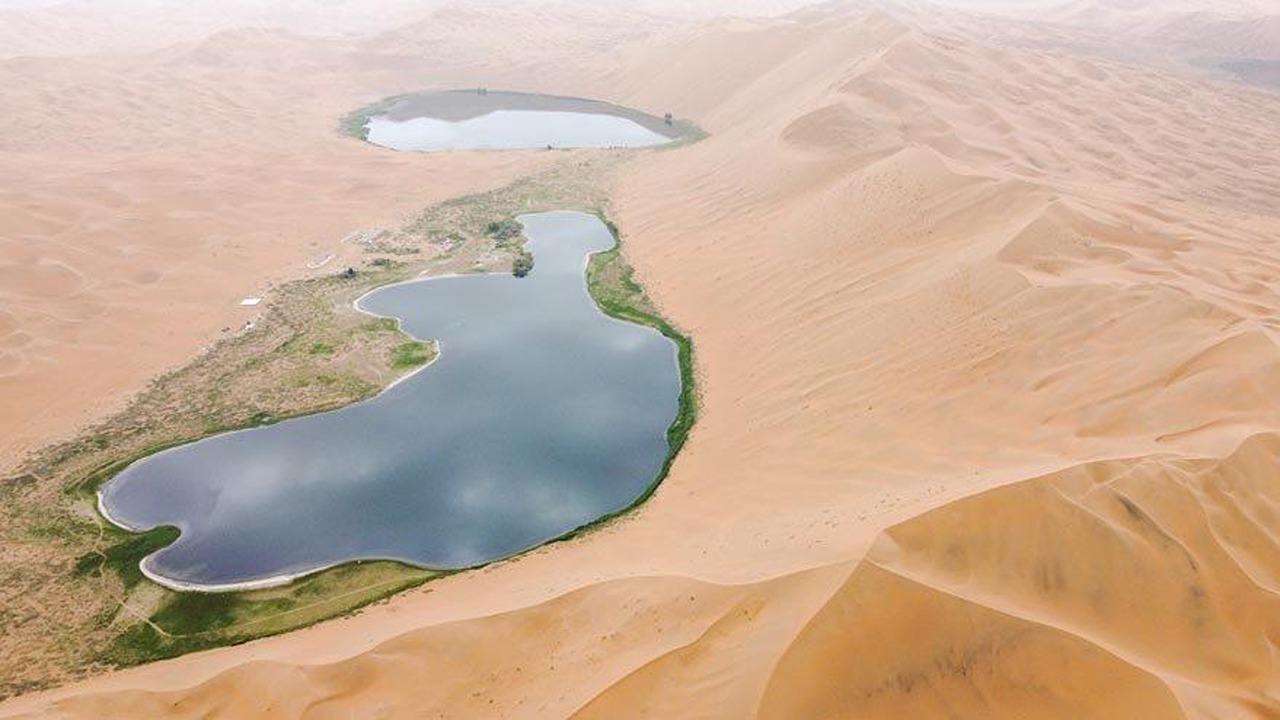
There is information that the source of the water we are talking about is still in the desert.. Yes, the famous oases of the Sahara are fed by groundwater and continue to flow under the sand! In addition, it occasionally rains, bringing the region to life: so even today the Sahara desert is not as dry as we thought.
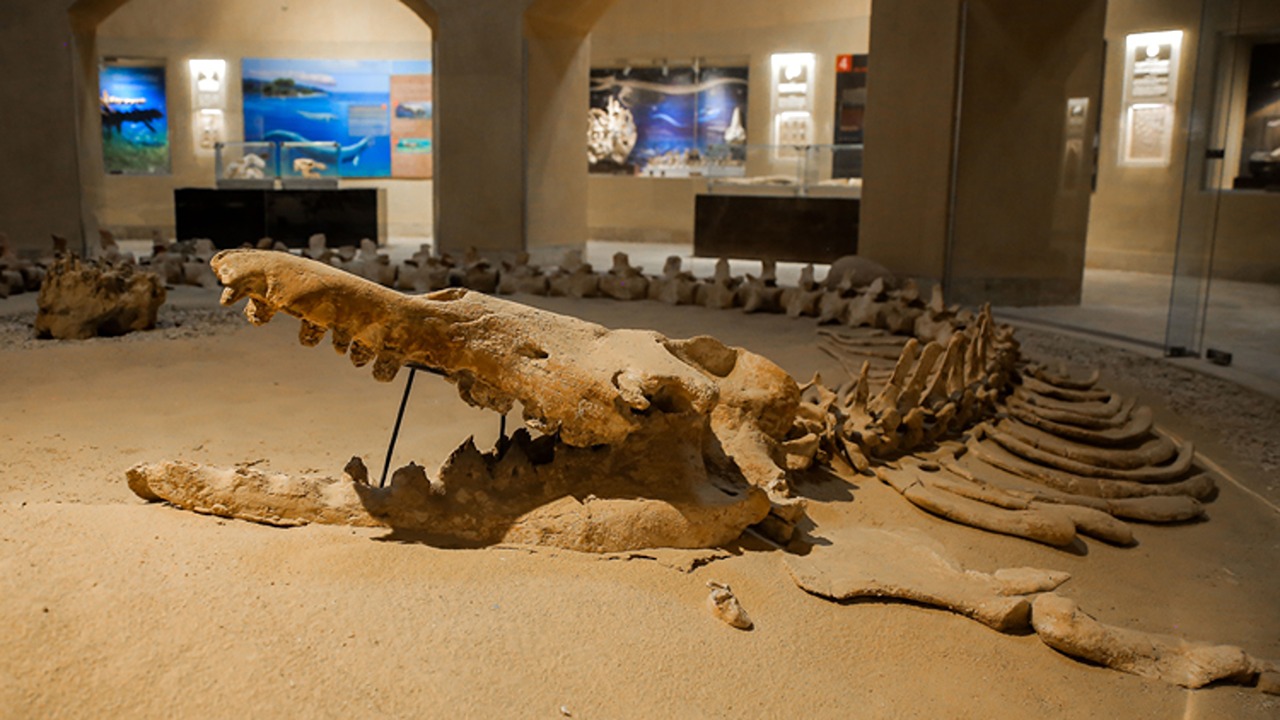
The Wadi Al-Hitan site in Egypt is very famous for paleontologists. Because this place has ruins that suggest there was once an ocean here. One of the most interesting finds is the fossil remains of whales. With these discoveries The area was dubbed “Whale Valley”. In addition to whales, there are also many shark teeth in the region.
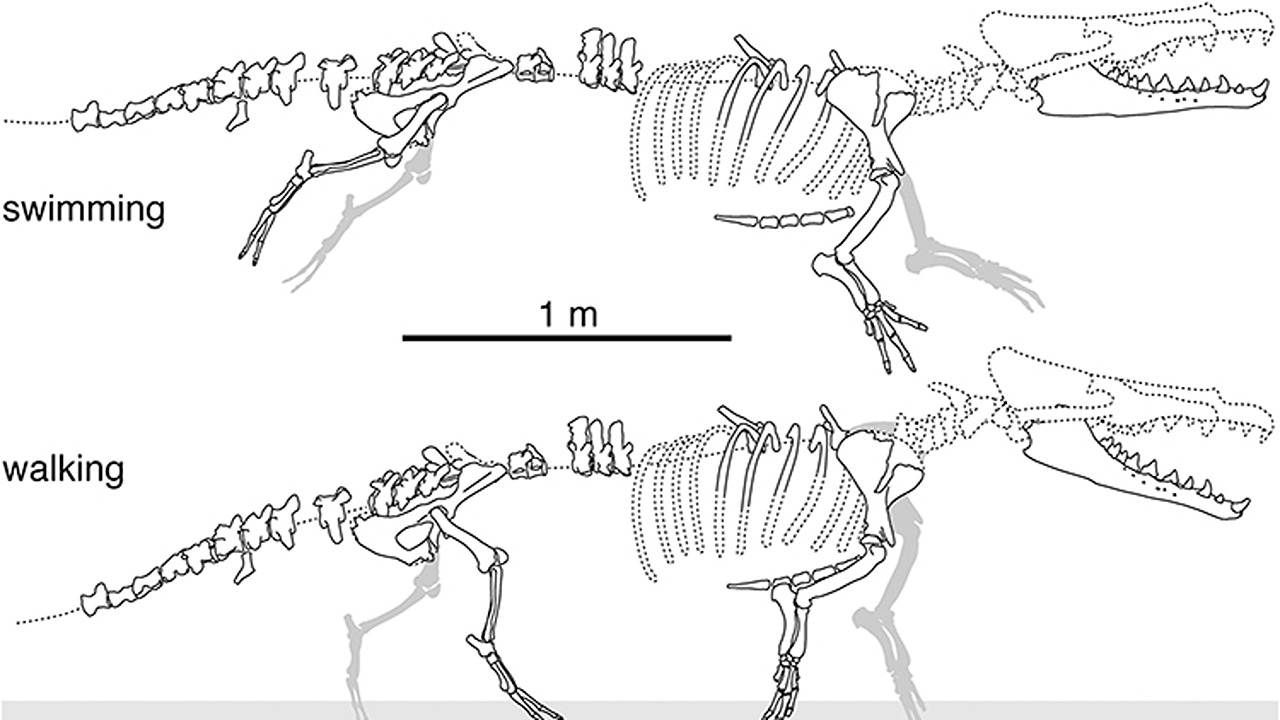
Whales have left traces of their evolution into marine animals over time. Fossils that have undergone changes in the bodies of animals over time support this view. According to the findings the ancestors of whales had four legs and that his images were completely different from what they are today. The skulls found provide clues as to what they would look like if they were alive today.
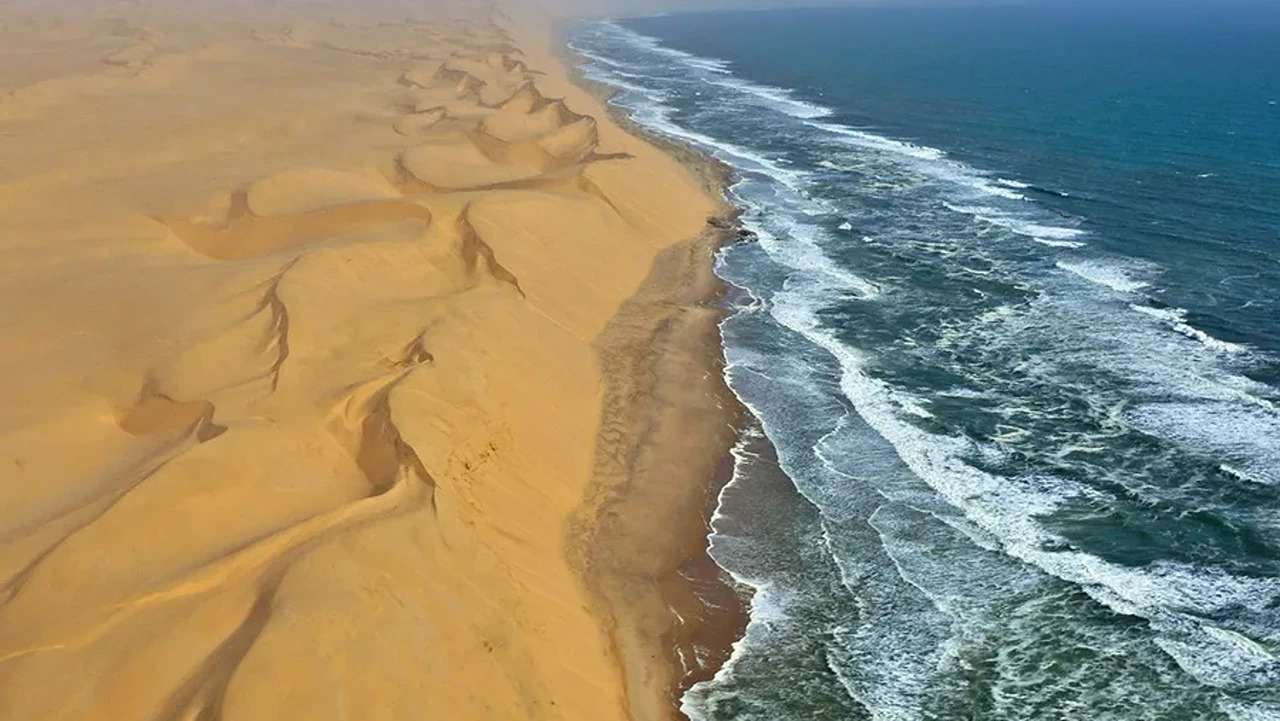
There’s a simple answer to this: natural climate change. formerly a lush area Sahara gradually coincided with the northern hemisphere of the ice age North Africa started to dry up during warmer times, which of course led to climate change.
Simply put, over time, the trees were eroded by erosion and desertification in this region was completed. Researchers studying the subject at MIT, Columbia University and various educational institutions, sudden climate change They found that it happened all over North Africa.
According to The Guardian report The Sahara Desert was a sea 50 meters deep about 55 million years ago. Although it may sound strange, scientists come across many fossils during their research in this region. As a result of his research, paleontologist Maureen O’Leary discovered fossils of a 5-foot catfish and a 40-foot sea snake.
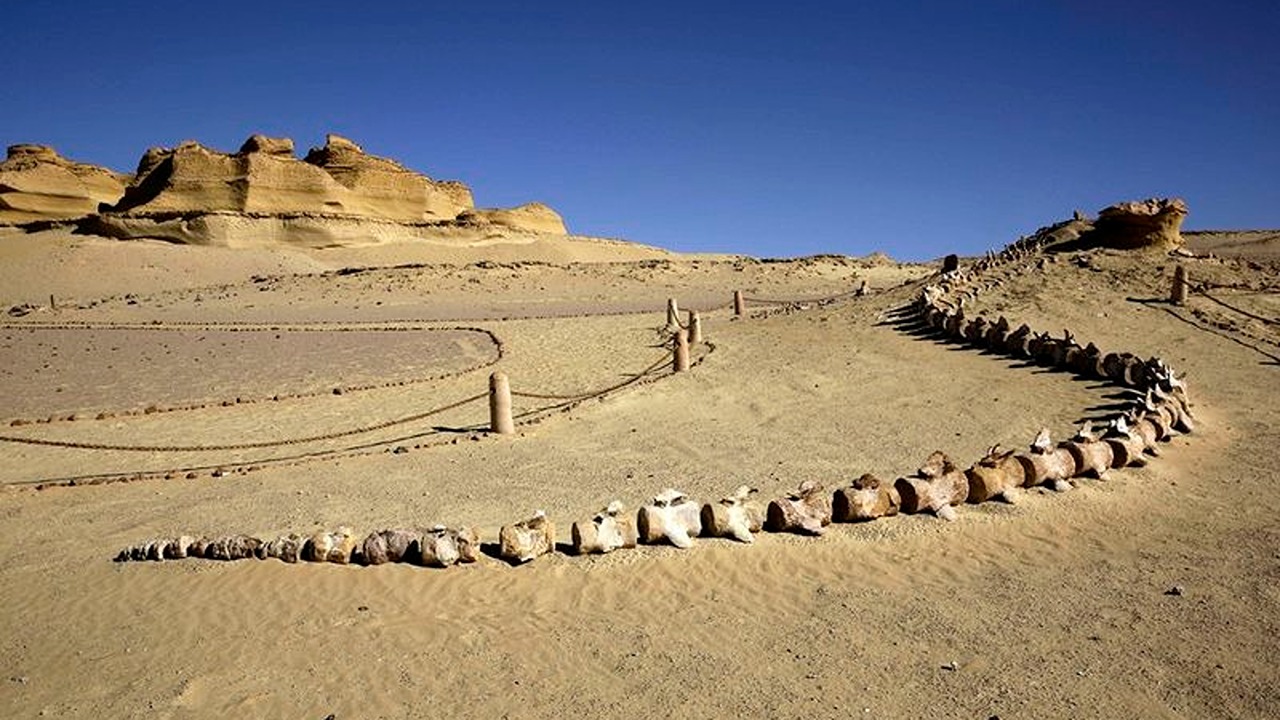
10 fossils found in the Feyyum region. Basilosaurus whales appeared to belong. This species is one of the giant whale species on Earth that lived about 45 million years ago at the latest. It is said to resemble dolphins in type. It’s thought that these species, which don’t have holes for them to breathe like the whales we know of, have to stick their heads out of the water to breathe.
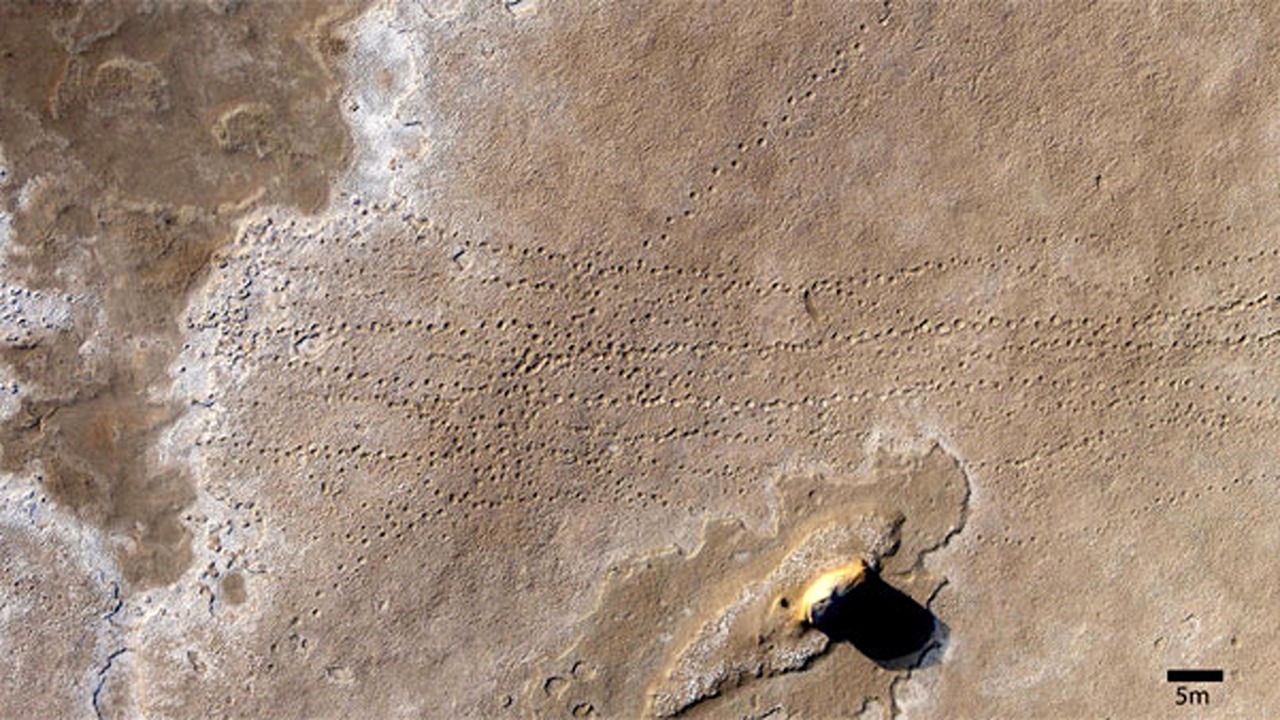
Looking at data from the International Union for Conservation of Nature, fossils of hominin creatures called hominids were also found in the region. located in the region These fossils were found on Mount Katrani. In addition, there is a good chance that you will encounter the ancestors of elephants, crocodiles and African mammals. That is why the Egyptian government protected the region. Thousands of tourists visit this region every year.
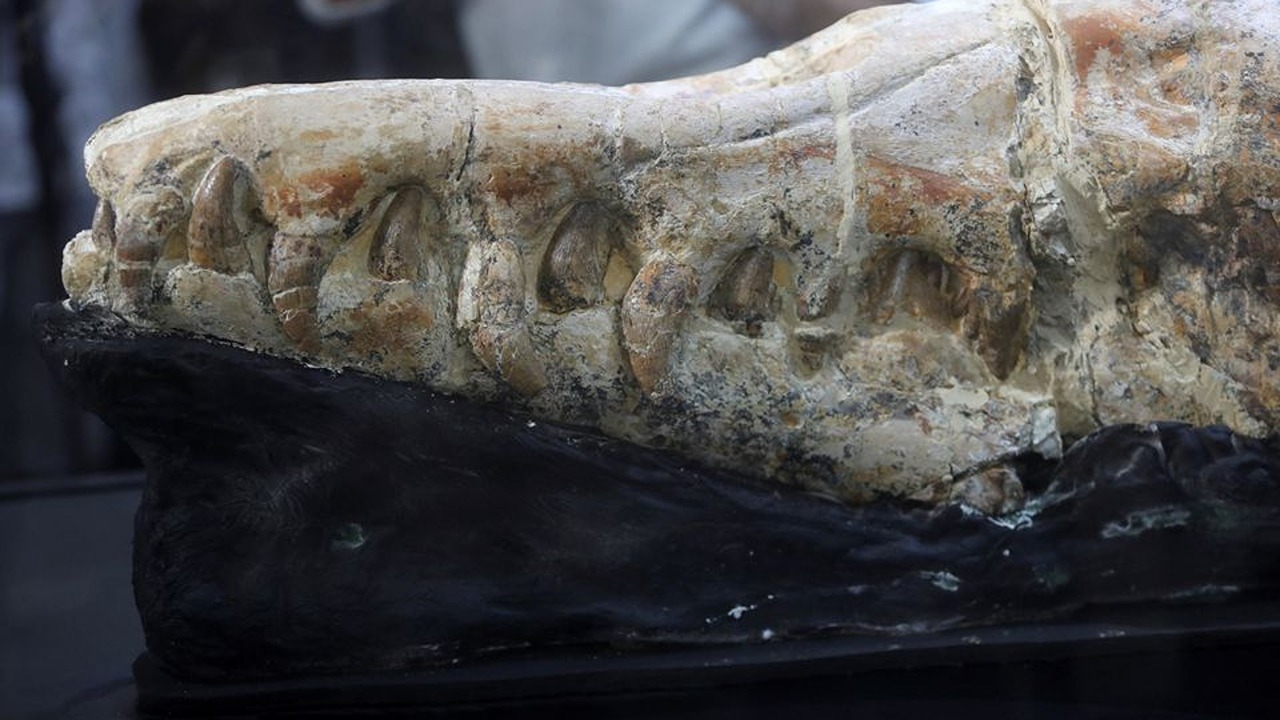
Rodolfo Salas, a paleontologist at Peruvian National University, says the fossil found may be the ancestor of today’s whales. Looking at the fossil, it is remarkable that the sharp and long teeth still retain their structure. This is probably because when he died, his skull was protected from wear and tear by sinking into the sea.
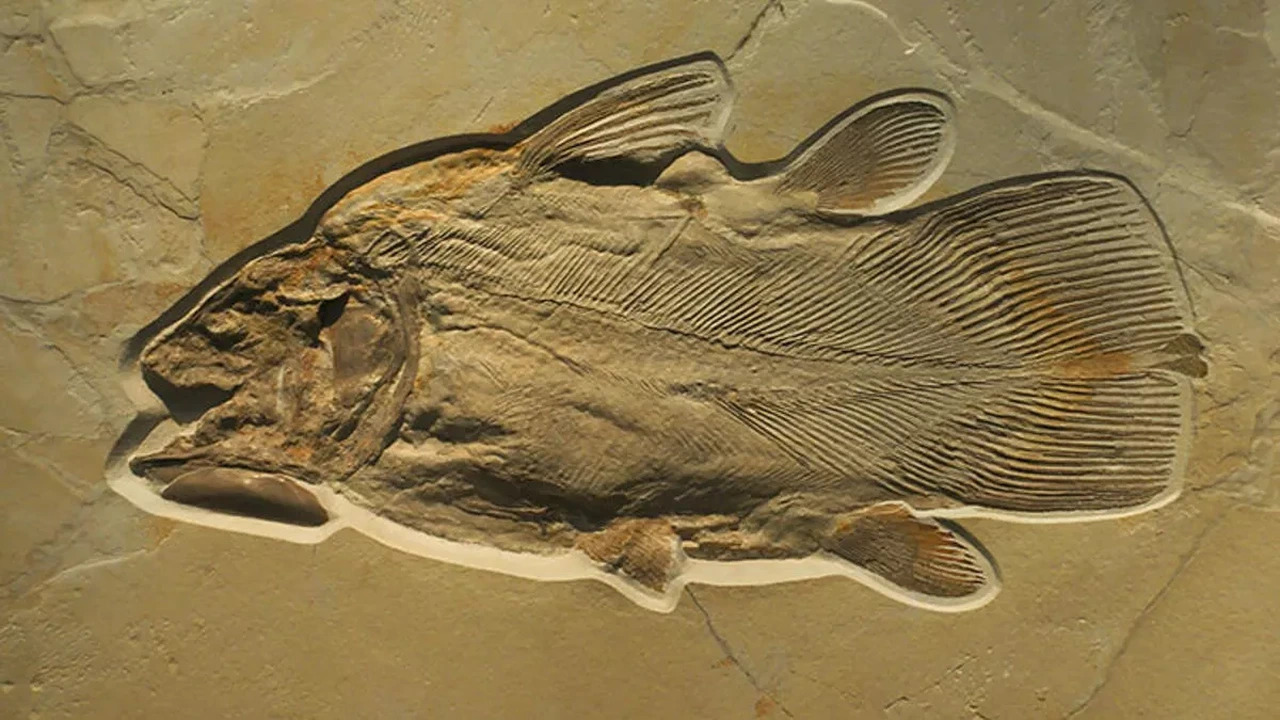
It was determined that the fish fossils found in the Acasus Mountains belonged to fish 11,000 years ago. Many catfish and tilapia fish were found in the area. These finds indicate that fishing was common in the region in ancient times. In addition to these fossils, there are also remains of birds, reptiles and mammals in the region. This is evident from an estimate that has been added as a result of the investigations mAs the number of mammals increases, the fish gradually disappear.
scientists, that the first marine mammals evolved from land animals up to 55 million years agoShe and I agree that this happened 10 million years after an asteroid impact, including the dinosaurs we all know.
Source: Web Tekno
Ashley Johnson is a science writer for “Div Bracket”. With a background in the natural sciences and a passion for exploring the mysteries of the universe, she provides in-depth coverage of the latest scientific developments.